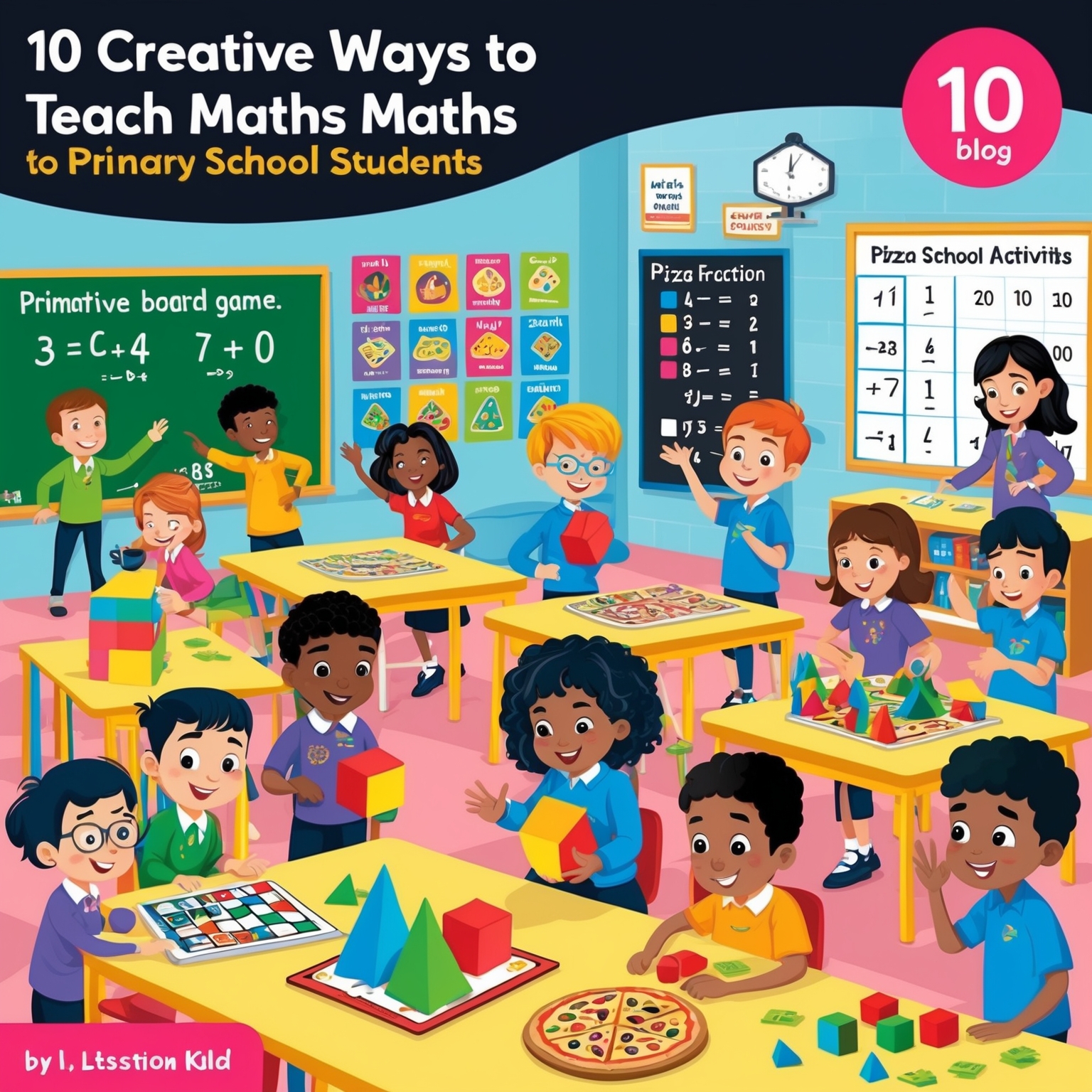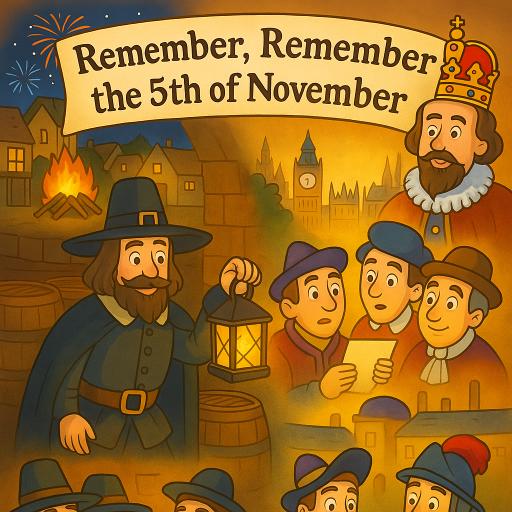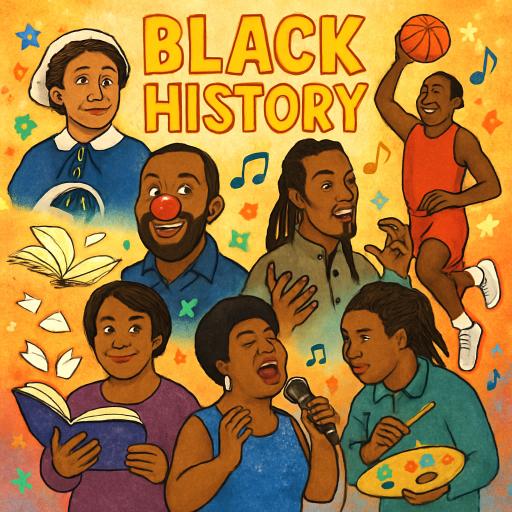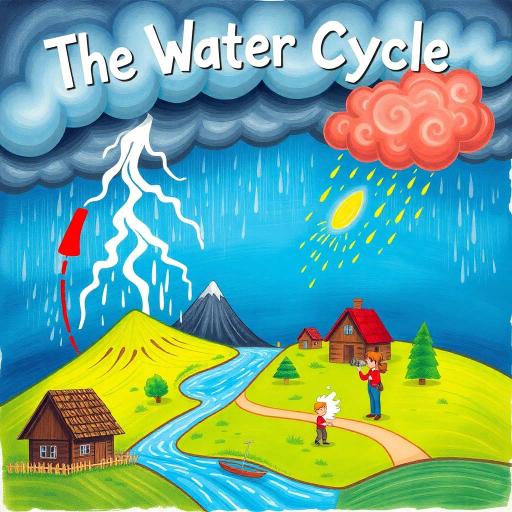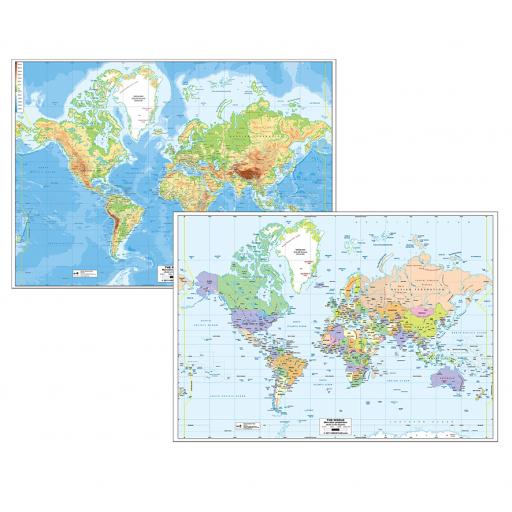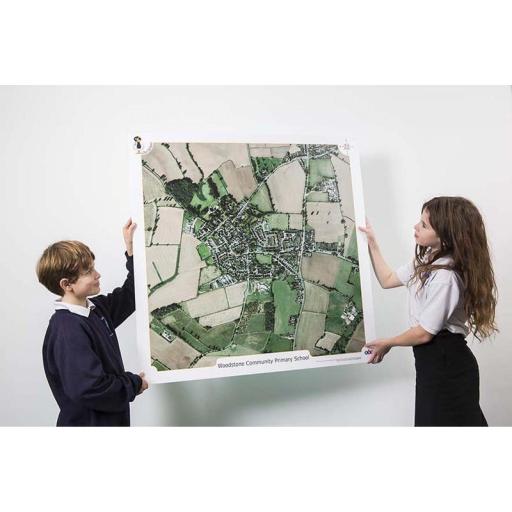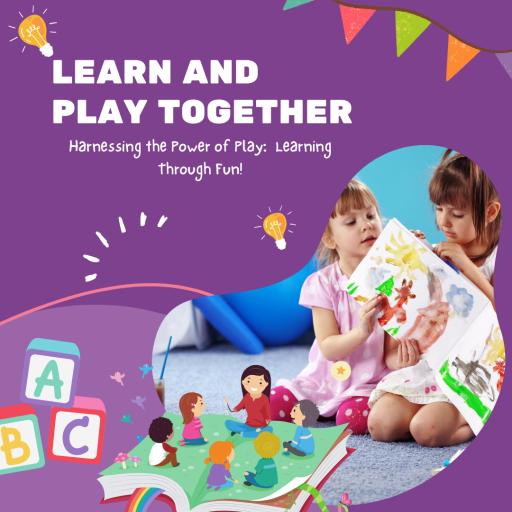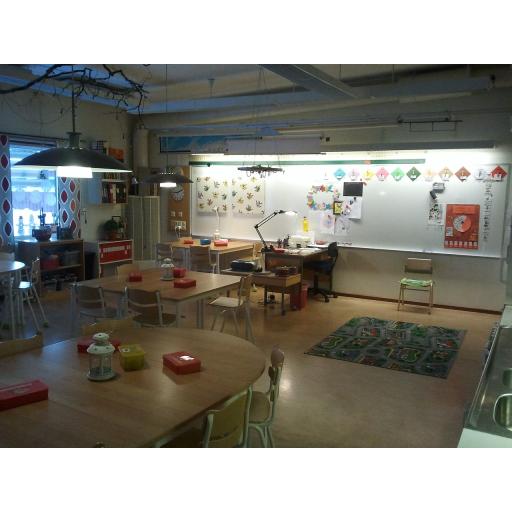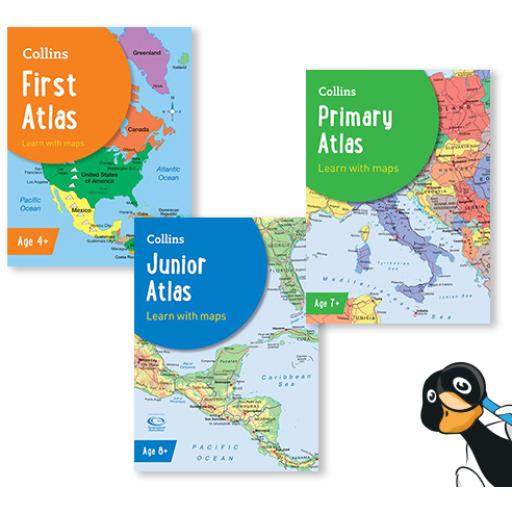Let’s face it—maths isn’t every child’s favourite subject. But who says maths lessons have to be boring? By adding a touch of creativity, you can turn number crunching into a fun, hands-on adventure for your Key Stage 1 and 2 pupils. Here are 10 creative ways to make maths exciting, engaging, and even magical for your young learners.
1. Turn Maths into a Game
Kids love games, so why not turn your maths lessons into a playful challenge?
- Use board games like Mathopoly or Sum Swamp to practice addition and subtraction.
- Create a classroom treasure hunt where children solve maths problems to get their next clue.
- Try online interactive games like Kahoot! or Prodigy to mix technology with fun.
These activities turn learning into a competition and make every child eager to participate.
2. Bring Maths Outdoors
Take your lessons outside and turn nature into your teaching assistant!
- Ask students to collect leaves, sticks, or stones and use them to practice counting or grouping.
- Measure tree heights using shadows or estimate the number of flowers in a garden.
- Play hopscotch to practice skip counting or times tables.
Fresh air and a change of scenery can make maths feel less like a chore and more like an adventure.
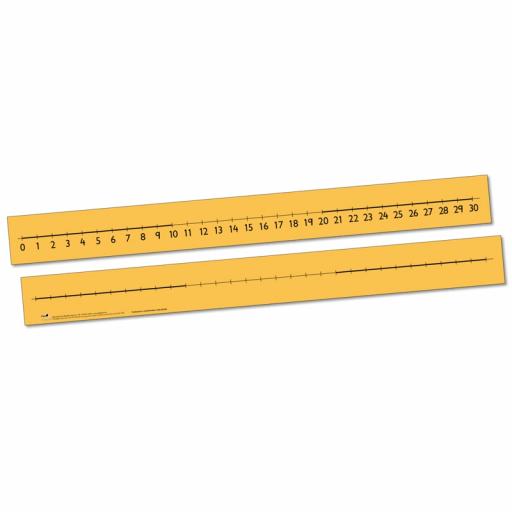
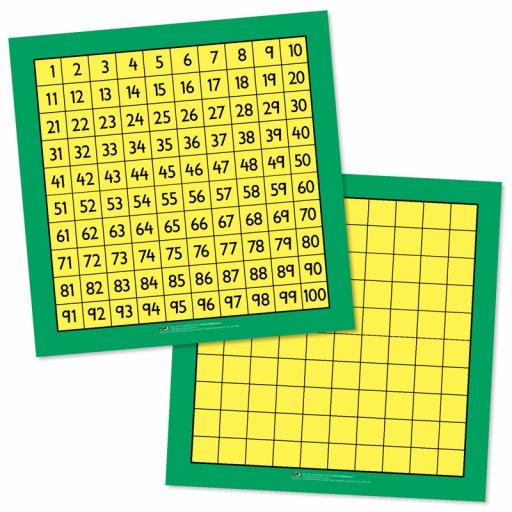
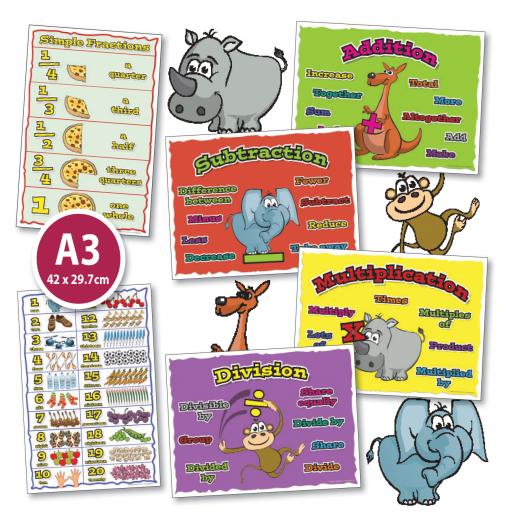
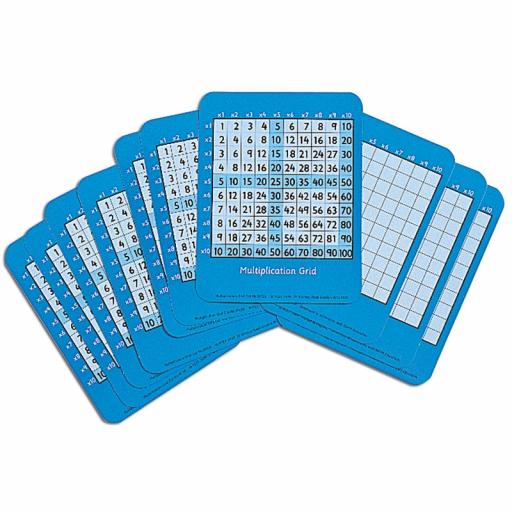
3. Use Real-Life Scenarios
Link maths to everyday activities to make it more relatable.
- Set up a classroom shop where students buy and sell items using fake money to practice addition and subtraction.
- Teach fractions by slicing pizzas or cakes in class.
- Use cooking to explore measurements—who can resist the idea of baking cookies while learning maths?
These hands-on activities help children see how maths fits into their daily lives.
4. Incorporate Art into Maths
Combine creativity with calculations by blending art and maths.
- Have students create geometric art using shapes like triangles, circles, and squares.
- Explore symmetry by designing mirror-image drawings or folding paper.
- Use graph paper to teach area and perimeter through pixel art.
This approach not only develops maths skills but also boosts creativity and fine motor skills.
5. Introduce Maths Stories
Who doesn’t love a good story? Use storytelling to make numbers come alive!
- Create characters like Subtraction Sam or Fraction Fran to guide your lessons.
- Use word problems that involve adventures—“If Jack climbs 5 stairs per minute, how many stairs will he climb in 10 minutes?”
- Read books like The Doorbell Rang or How Big Is a Foot? to spark curiosity.
Stories help students connect emotionally with concepts, making them easier to remember.
6. Use Manipulatives
Hands-on learning tools like blocks, counters, and beads make abstract concepts concrete.
- Teach addition and subtraction using colourful counters.
- Build 3D shapes using LEGO or toothpicks and marshmallows.
- Practice division by splitting a handful of items (like buttons or sweets) into equal groups.
Manipulatives are especially helpful for Key Stage 1 students who are still developing their number sense.
7. Create Fun Challenges
Who doesn’t love a good challenge?
- Organise a weekly maths quiz or brain-teasing puzzle session.
- Challenge students to design their own maths problems for the class to solve.
- Set up a "Maths Escape Room" where teams solve puzzles to unlock their way out.
Friendly competition builds excitement and helps children think critically.
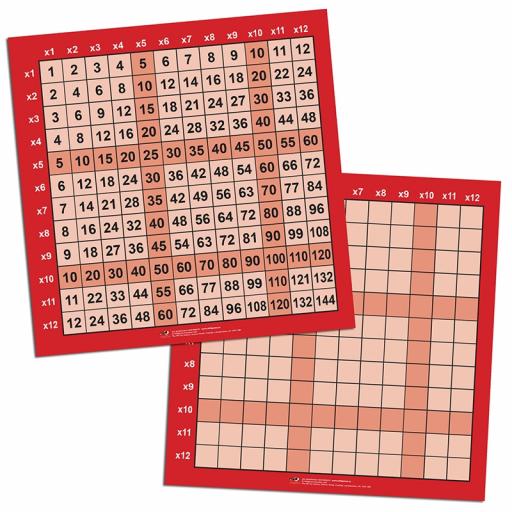
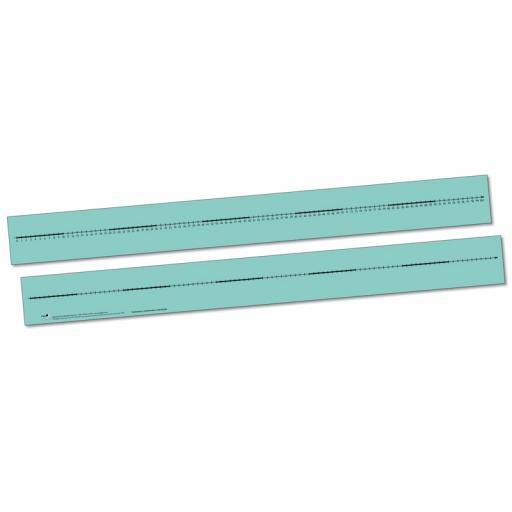
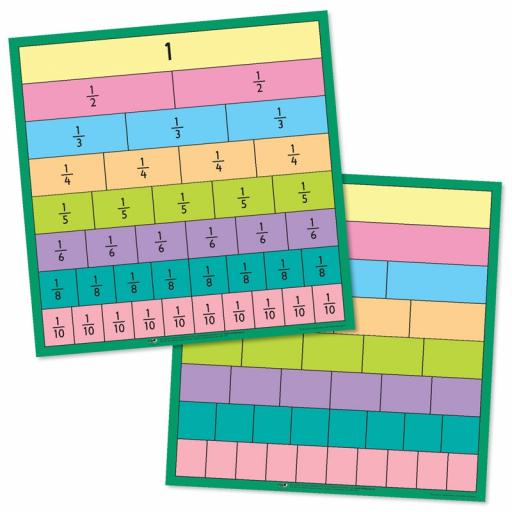
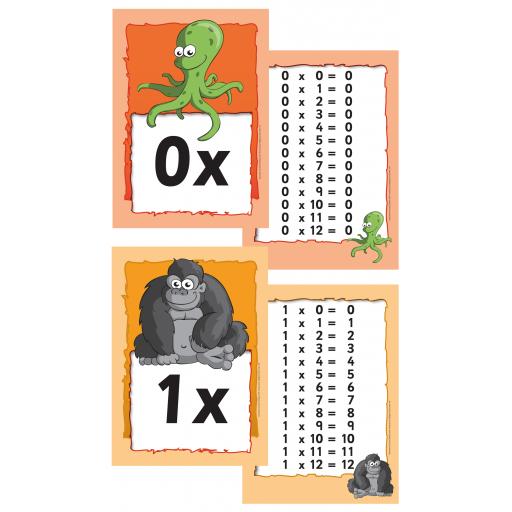
8. Sing Songs and Rhymes
Songs and rhymes are fantastic for teaching younger children maths basics.
- Use songs like Five Little Ducks to teach subtraction or The Times Tables Song to practice multiplication.
- Create your own jingles to help kids remember tricky concepts like order of operations.
- Use rhythmic clapping games to help kids learn skip counting.
Music is a powerful memory tool, and it makes lessons much more enjoyable.
9. Make Maths Interactive with Technology
Incorporating tech tools can bring a modern twist to your lessons.
- Use apps like Mathletics or Number Frames for engaging practice.
- Teach coding basics to build problem-solving skills.
- Try virtual reality for exploring geometric shapes in 3D.
Technology keeps tech-savvy students engaged and makes abstract concepts easier to grasp.
10. Celebrate Mistakes
This might sound strange, but mistakes are great teachers!
- Create a classroom culture where mistakes are celebrated as part of learning.
- Use humour to point out common errors—“Oops! It looks like our subtraction wizard forgot his wand today!”
- Let students explain their thought processes to learn from each other.
When children feel safe to take risks, they’re more likely to embrace challenges and learn from their experiences.
Final Thoughts
Teaching maths to primary school students doesn’t have to be dry or stressful. With a little creativity and a lot of enthusiasm, you can make maths one of the highlights of their day. Remember, the goal isn’t just to teach numbers—it’s to spark a lifelong love for learning and problem-solving. So, pick an idea, give it a try, and watch your students’ faces light up with excitement!
FAQs
1. How can I make maths fun for children who dislike it?
Incorporate games, art, and real-life scenarios to make learning engaging and less intimidating.
2. What are some good maths apps for primary students?
Apps like Prodigy, Mathletics, and Kahoot! are excellent for interactive learning.
3. How can I teach difficult concepts like fractions or division?
Use visual aids like fraction bars, pies, or hands-on tools like LEGO to make abstract concepts tangible.
4. How often should I include games in my maths lessons?
Aim for at least one game or hands-on activity per week to keep students motivated.
5. Can these ideas be adapted for SEN students?
Absolutely! Most activities can be simplified or modified to suit different learning needs.

